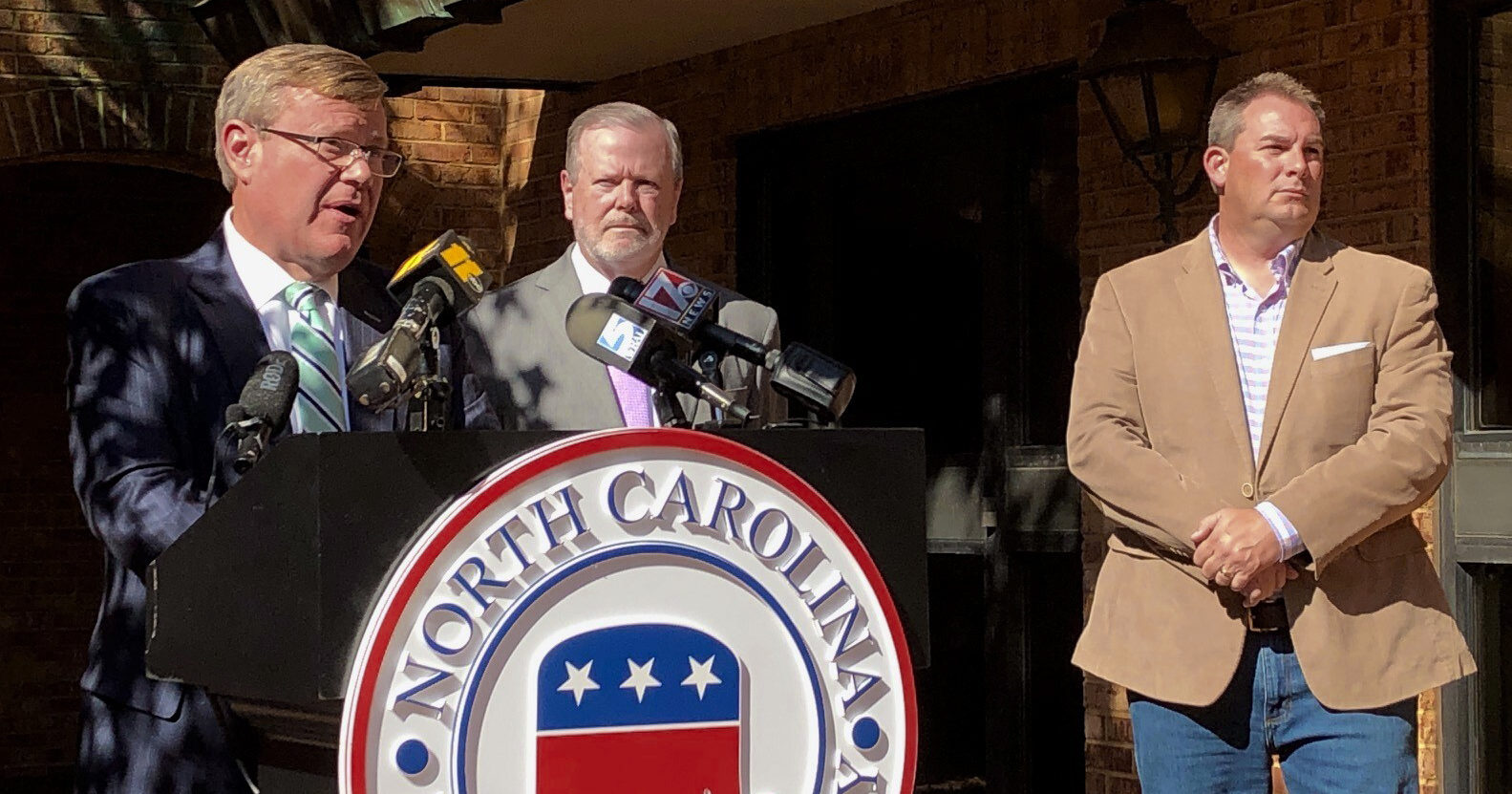
Democrats Flop in State Races Despite 'Flip Everything' Push
After a costly and intense political battle for control of state capitols, the composition of state legislatures and governors’ offices will look a lot like it did before Tuesday’s elections.
That means Republicans will again control significantly more states than Democrats, giving the GOP greater power over the once-a-decade task of redrawing congressional and legislative districts as well as a continued platform to push for conservative economic and social policies.
“When you look at state legislative races, a lot of money got spent, a lot of turnout was had, and yet the end result was pretty much where we started,” Wendy Underhill, director of elections and redistricting at the National Conference of State Legislatures, said.
“This was a status quo election.”
Heading into Tuesday, Republicans had full control of 29 state legislatures compared to 19 for Democrats. The GOP also held 26 governors’ offices while the Democrats had 24.
The GOP governors’ count grew by one as Montana voters elected U.S. Rep. Greg Gianforte to succeed term-limited Democratic Gov. Steve Bullock.
Republicans also appeared to flip control of the New Hampshire House and Senate, according to tracking by the NCSL and national Republican and Democratic groups.
Control of the Republican-led Arizona House and Senate — which ranked among the Democrats’ top prospects for flipping chambers — remained undecided because of some close races.
If the Arizona chambers don’t flip, the 2020 elections could produce the smallest number of changes in chamber control since the 1944 general election, Underhill said.
After being dominated by Republicans in the 2010 elections, Democrats had a “flip everything” motto ahead of the next round of redistricting.
Democratic-aligned groups combined to raise more than $100 million this election cycle. They were countered by the Republican state leadership committee, which had a target of about $70 million.
But Democrats failed Tuesday in several of their highly targeted states, including the Texas House, the North Carolina House and Senate, and the Florida House.
The result is that Republicans will fully control redistricting in all three of those states, an advantage that’s even more important because each could gain U.S. House seats as a result of its population growth.
The election results “will put the Republican Party in a position where we’re able to secure a decade of power across the country” through redistricting, according to Austin Chambers, president of the Republican State Leadership Committee.
Heading into Tuesday, Minnesota was the only state with a House controlled by one party and a Senate by the other.
The state seems poised for more partisan gridlock, as Democrats retained a diminished House majority and Republicans appeared likely to hang onto their slim Senate majority, despite Democrats’ efforts to try to flip the chamber.
In Kansas, Democrats had hoped to flip at least a few seats to break the Republican supermajorities in the House and Senate.
Instead, Republicans added to their House ranks with more conservatives, increasing the potential to override vetoes by Democratic Gov. Laura Kelly.
The Western Journal has reviewed this Associated Press story and may have altered it prior to publication to ensure that it meets our editorial standards.
Truth and Accuracy
We are committed to truth and accuracy in all of our journalism. Read our editorial standards.
Advertise with The Western Journal and reach millions of highly engaged readers, while supporting our work. Advertise Today.












